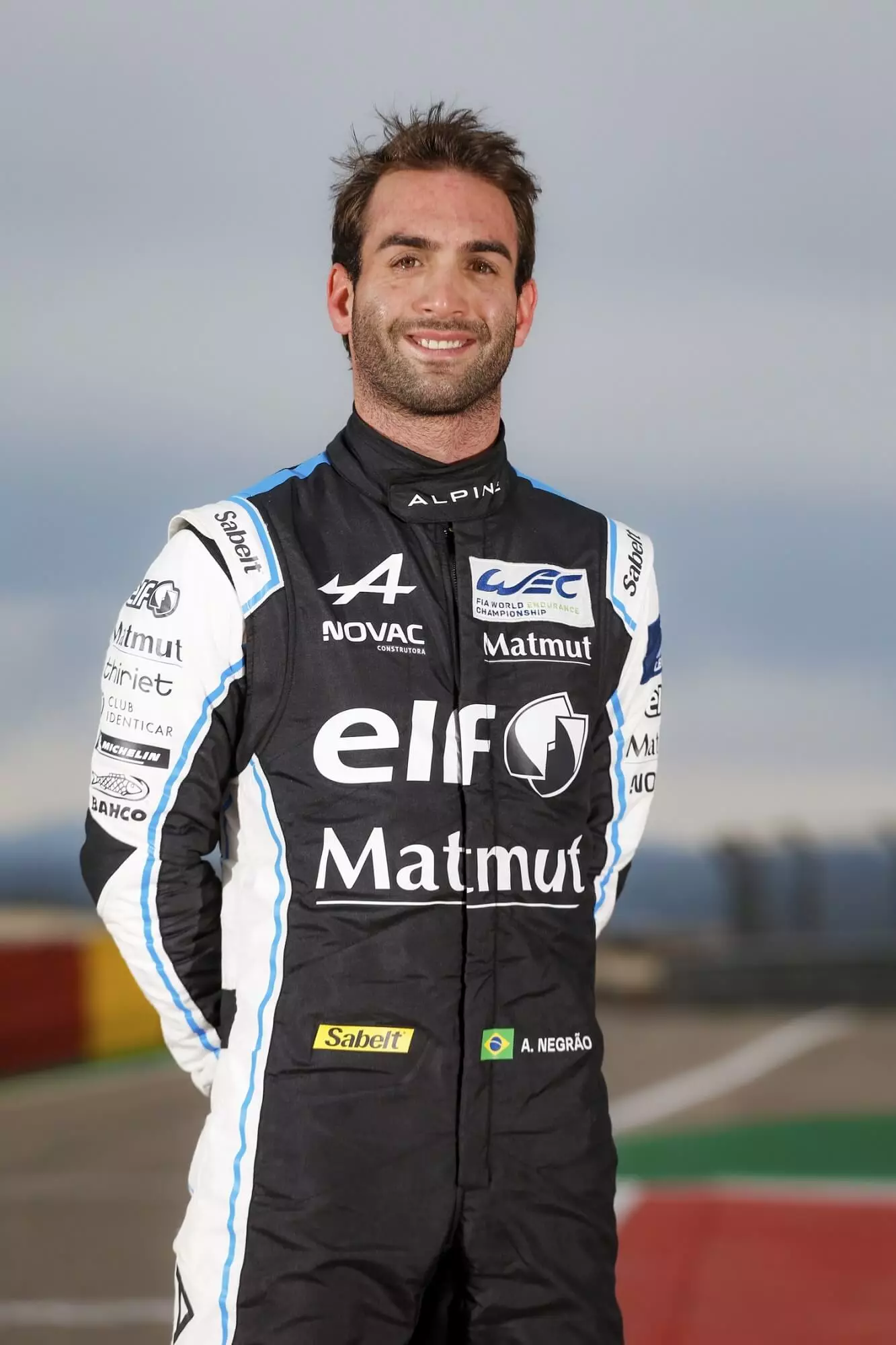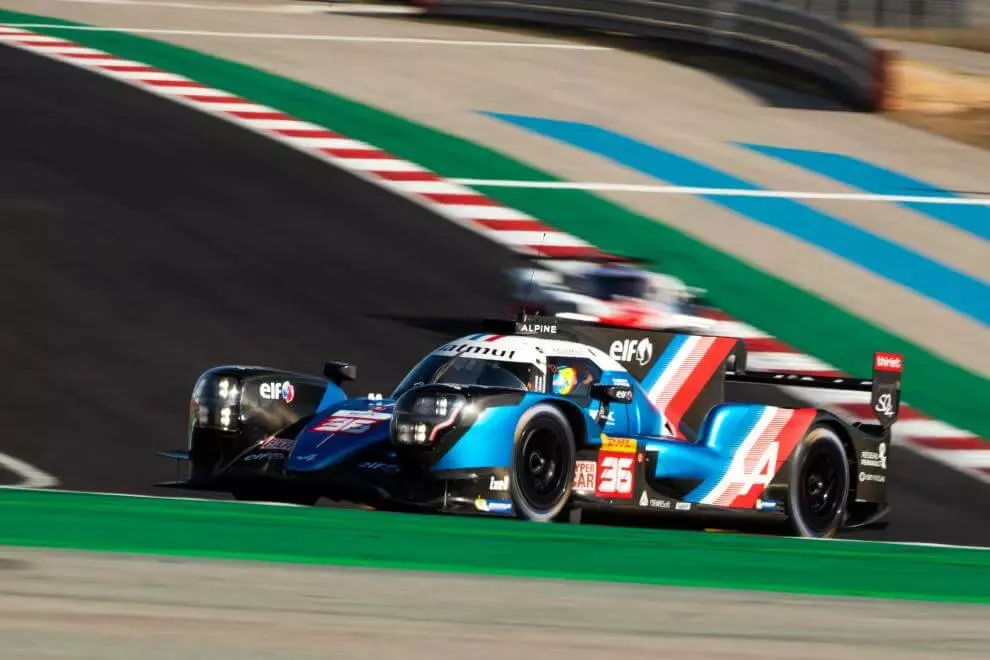Watching motor sports competitions live has these things… On the sidelines of the 8 Hours of Portimão, we had the opportunity to speak with some of the protagonists of the biggest endurance race held in our country. One of them was André Negrão, an Alpine rider in the World Endurance Championship (WEC).
In this interview, the Brazilian driver told us a little about his day-to-day on the track, the adaptation of a single-seater driver to the world of resistance and also let us know his opinion about the new regulations for endurance races .
Le Mans, the main goal
André Negrão started the conversation by confirming what we already knew: for those who compete in the WEC, the main goal is to win at Le Mans. About this race, Negrão said: "We always think about Le Mans, which is the most important race for us and for those in the championship".
About the queen endurance race, the Alpine driver recalled that the new regulations (which regulate the loss/gain in weight and power in cars, depending on the classification) require some “head counts”, confiding: “We thought: it will be better to do a third place now or make a first place and gain more weight? Or make a third and 'save' the car for the next race? Or 'save' the car for Le Mans, where do we need to have the most competitive car?” We have all these rules, new moves. It's not just about putting on new tires, fuel and racing.”

However, the Alpine driver recalled the leeway that teams have in weight management: “It's a good thing we can choose where to put the extra weight. There is no fixed place. For example, if we have a temperature problem in the front of the car, we can put all the weight in the front. And that gets better.”
new world, new challenges
Regarding his adaptation to the world of resistance, the former single-seater pilot revealed that the hardest part is managing the pace at times when it's possible to go faster, but when the risk may not pay: “It's the worst part , mainly in Le Mans. This happens a lot because we try to 'save' the car for the end.”
Teamwork is crucial, with the Brazilian driver revealing that in an endurance race the thought is: “I can't crash, I can't do much”. I always have to think about my teammates. In resistance, the calculation is done with two other drivers, but in Formulas it's just me – if I crash the car, if it breaks, if I do anything, it's my own fault and it only harms me”.
Discover your next car
About the change of pace between the GTE and the Hypercar, the Dieppe brand driver was confident in the adaptation process of the new teams: “2017, 2018, 2019 and 2020 the difference was quite big. With the new Hypercar class, cars were 10s slower and everyone had to adjust to not overtake them, including the LPM2, the GTE Pro and the GTE Am”.
About these changes, André Negrão reminds us: “My current LMP1 is the LMP2 that I guided in the past. We lost 80hp and 500 kg of aerodynamic load” confiding that “the car is not bad, but the new regulations forced us to adapt it (...) 2021 and 2022 will be years of transition as the Hypercars will only enter in 2023, with the entry of brands such as Audi, Porsche, Ferrari, Cadillac or Bentley. We have two years of learning”.

Is getting there first an advantage?
Although Alpine is one of the first brands to embark on this new reality, André Negrão does not believe that this will be an advantage in two years' time, arguing that “it doesn't change anything, because the 2023 car will be completely new — new chassis, new engine . Renault will develop an engine that will, I believe, be a Formula 1 derivative, with a V6 turbo hybrid system. The car is going to be brand new and theoretically it has to start moving next year because we have to test all these new components. It will be totally different, but for the team it's great to be part of this new 'phase'. The category will get a different face and it will be fantastic, for the spectators and for the brands that will compete”.
Ver esta publicação no Instagram
In the middle, the driver also revealed how he manages fatigue in longer races like the 24 Hours of Le Mans: “At the end of the races we are tired, more mentally than physically, because Le Mans is a long track but it has many straights. It is possible to 'take a breath, a relaxed one'. If it were a track like here, in Portimão, it would be very difficult. Here, more physical than mental preparation is required. Therefore, there is a little more technical preparation for Le Mans”. But relax at what speed? “At 340 km / h, at night…”, he confessed, between laughs.
Finally, given Alpine's numerical inferiority vis-à-vis Toyota, a team that competes with two cars, André Negrão was not worried: “In the field of development, it was handy, as we can test different solutions in two cars, but in races it's even better to have only one. It's just that sometimes we have to pass our partner and we don't know if we can do it and the team itself has to focus on keeping two cars on the track.”
